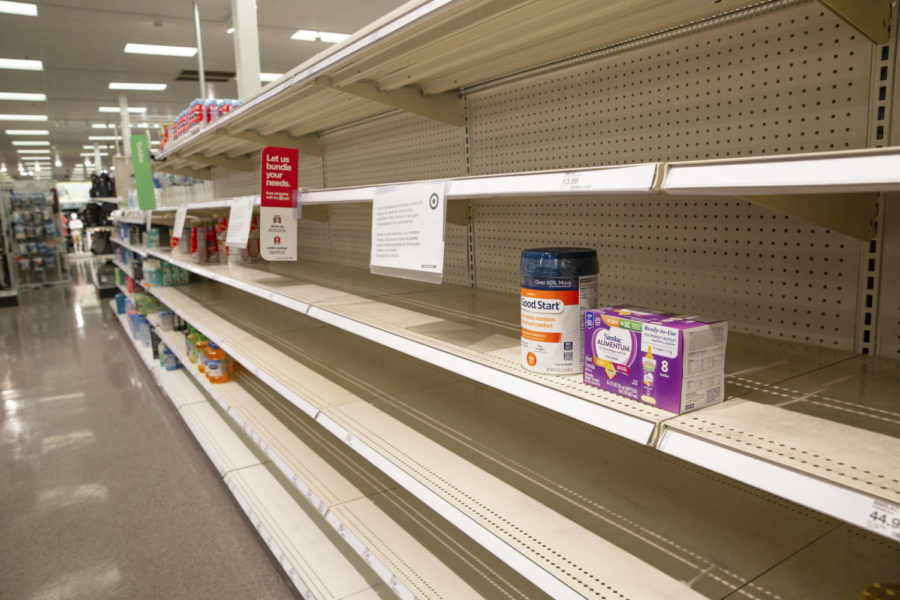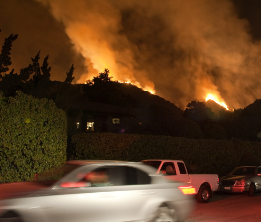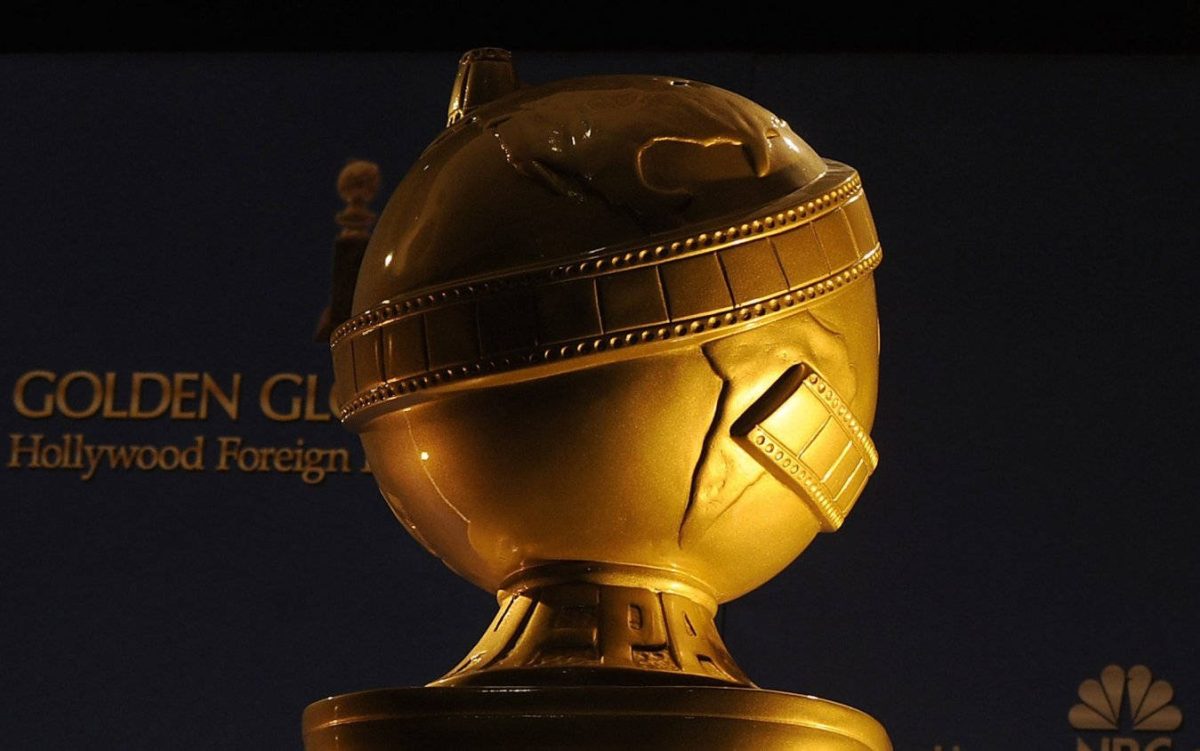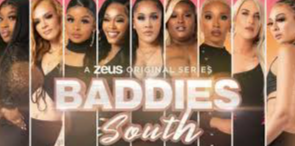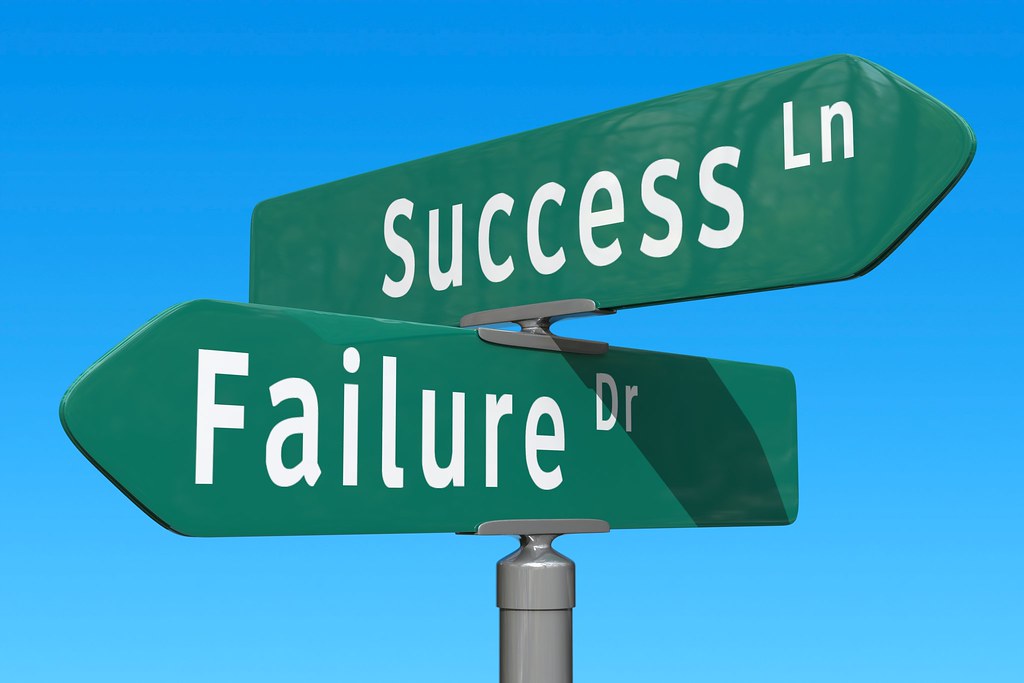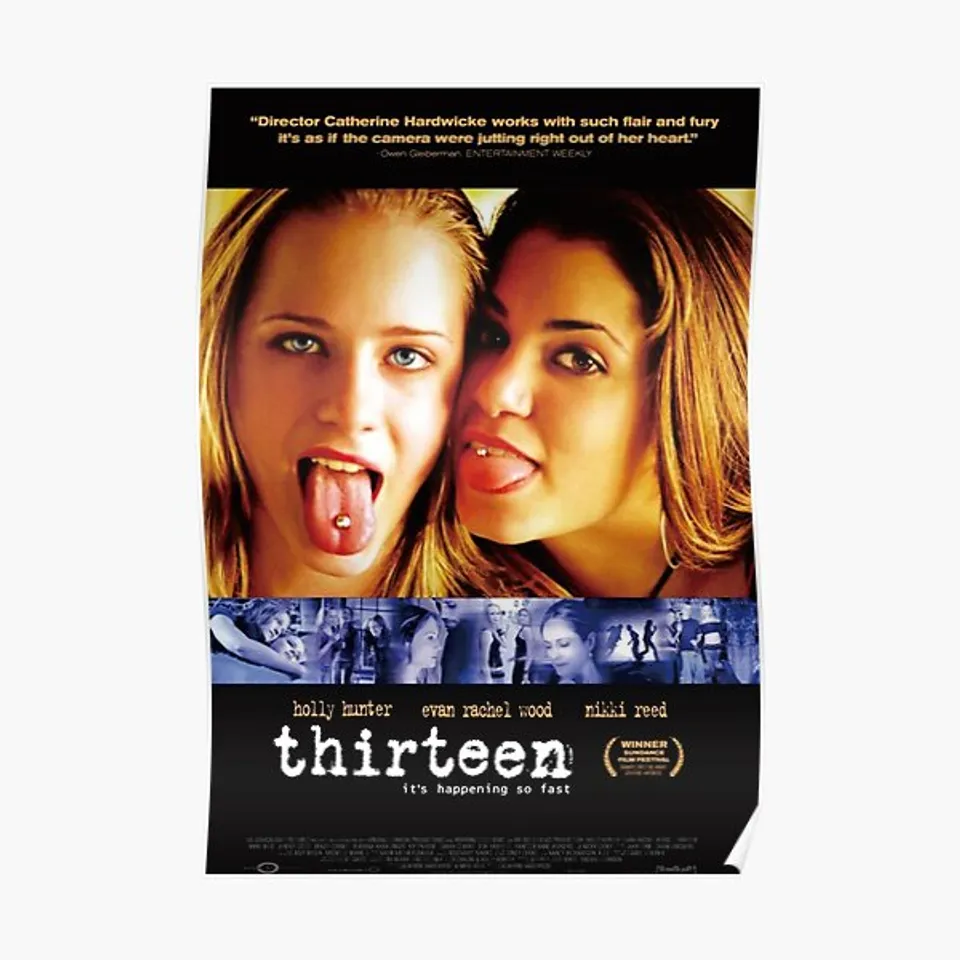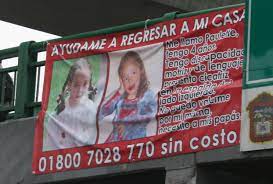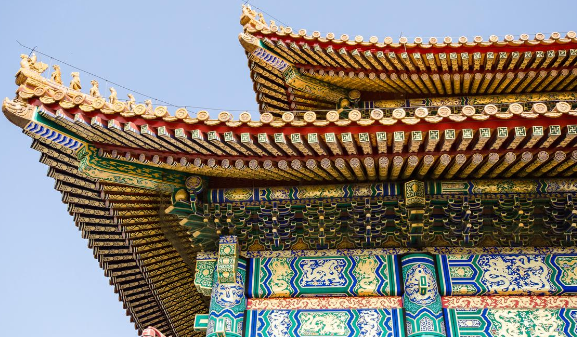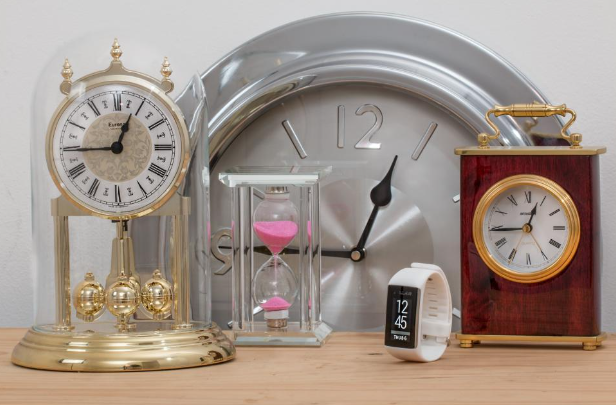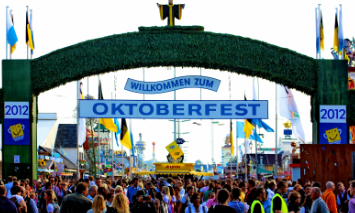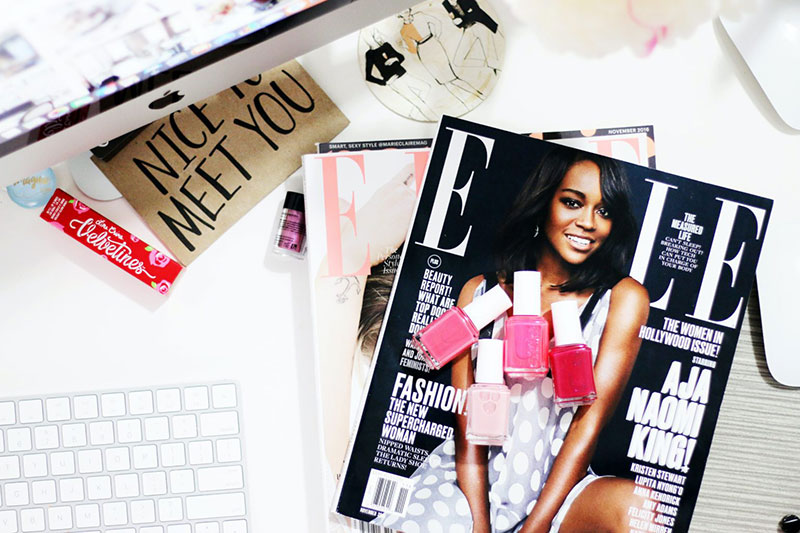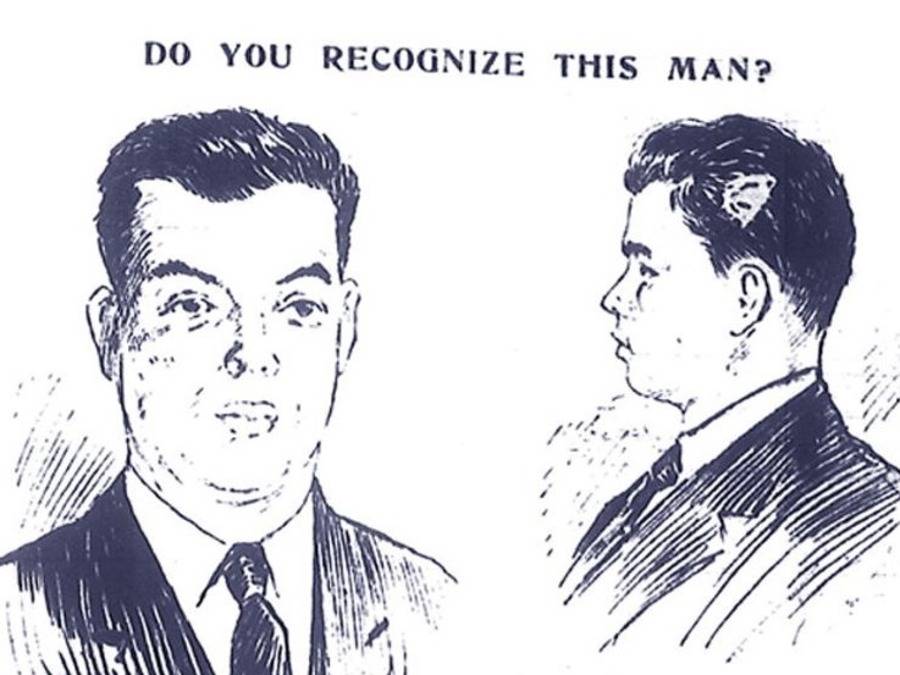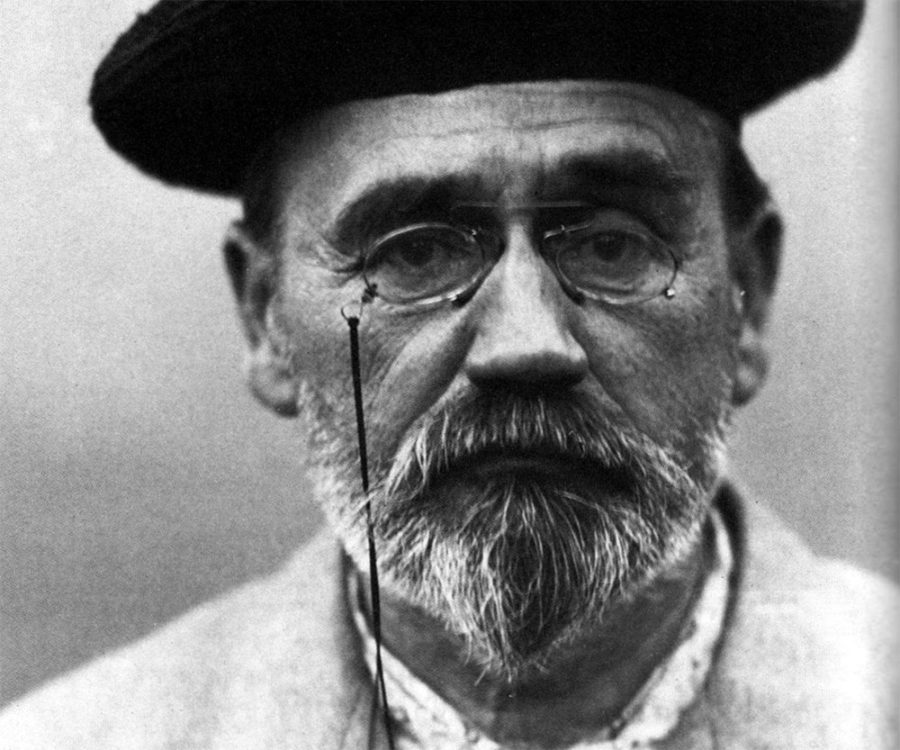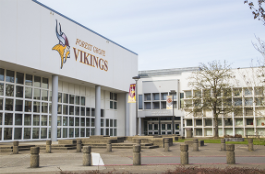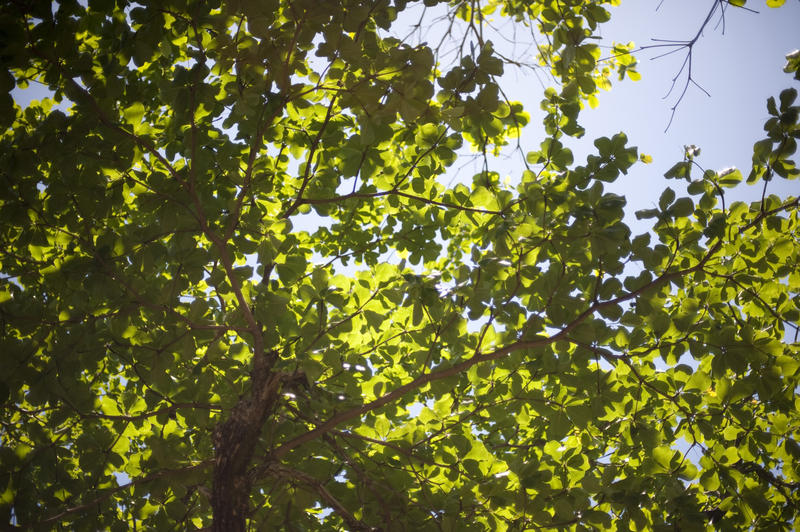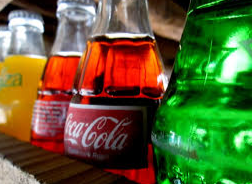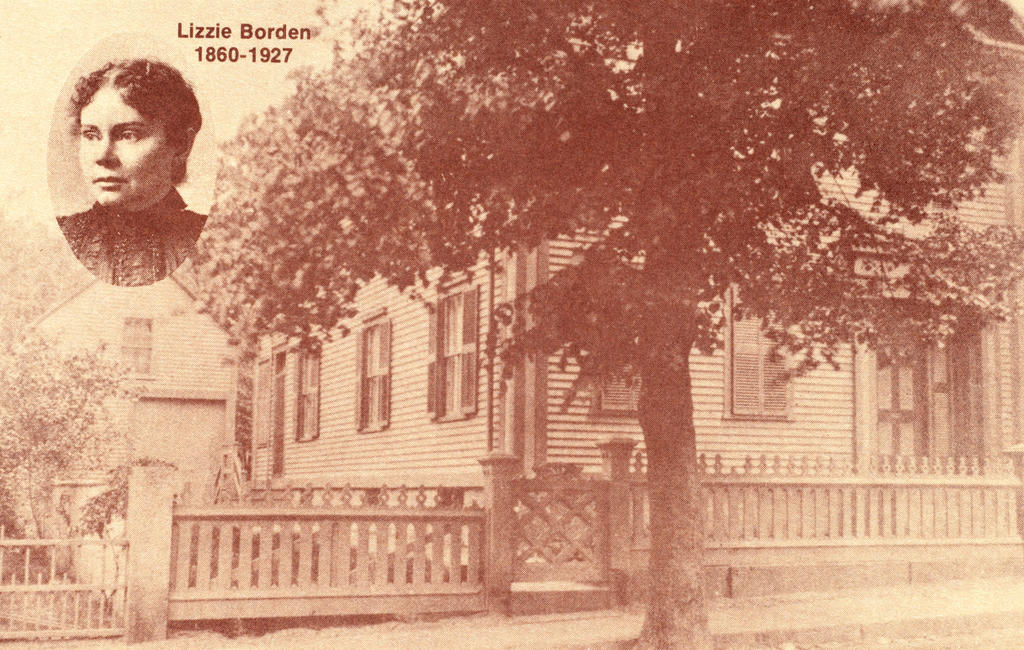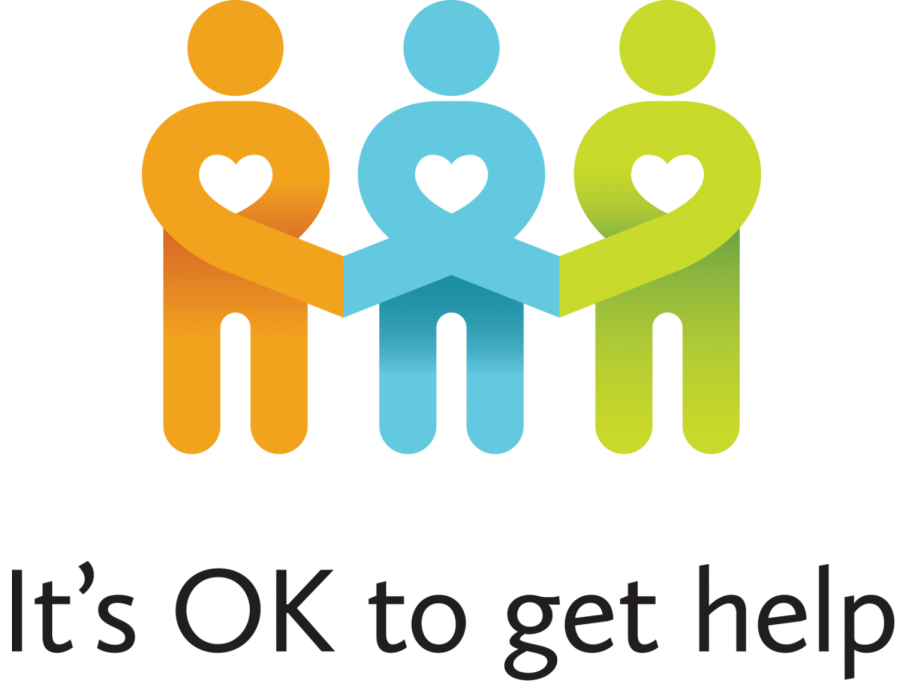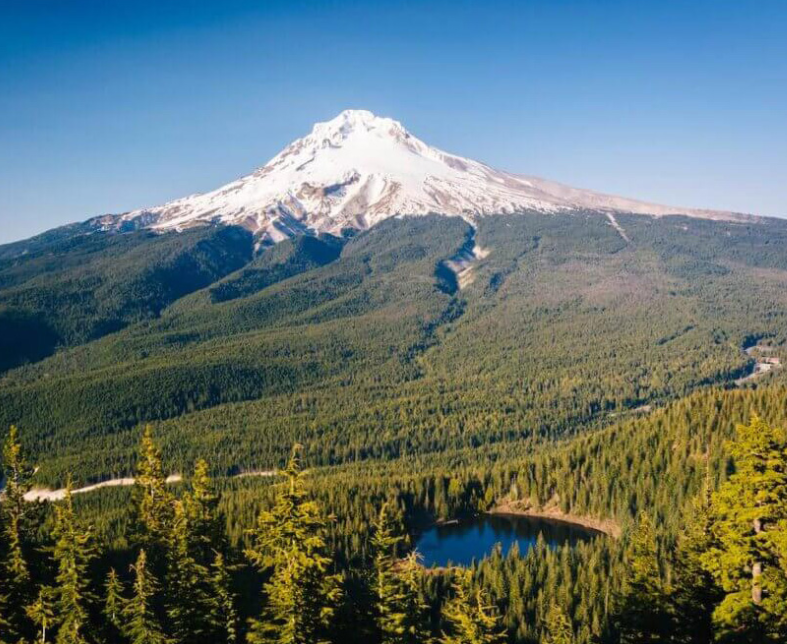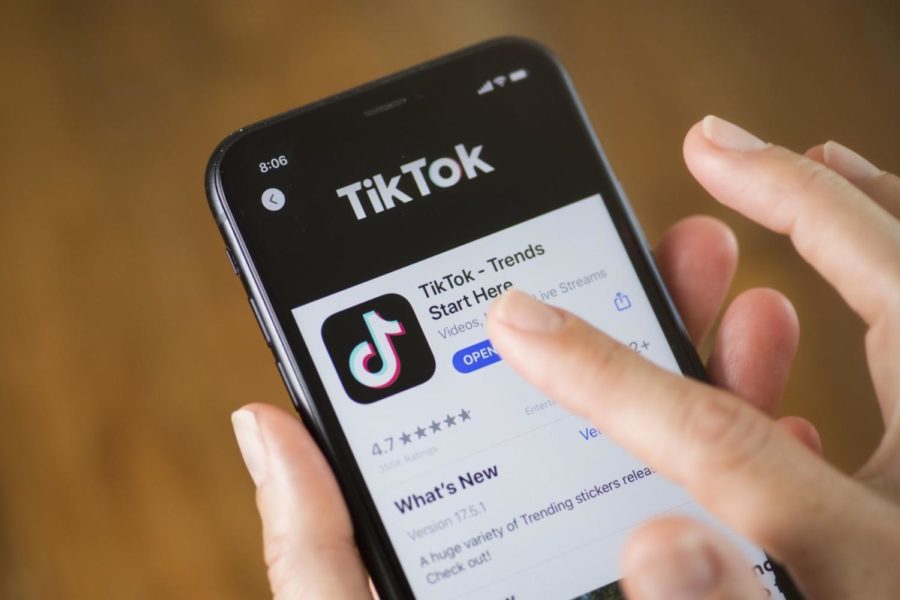Changed Edition – How 2020 Changed Social Media
March 2, 2022
2020 was a roller coaster of a year and it changed a lot of what we were used to, including social media. People were at home more often because we couldn’t go out like we usually could, so many people turned to social media for entertainment. The most popular social media site was probably Tiktok. Tiktok had already been around for a while, but it got really popular while we were in quarantine. With more people signing up for Tiktok, the app changed.
On my recommended page, I started to see more small businesses trying to grow their business on Tiktok. Unsurprisingly it worked! Business owners’ videos were also gaining traction fairly quickly, and the more interaction on a video/post the more sales they got in their shop. The owners were able to quit their 9-5 jobs to grow their small business instead. Their customers get really good service and products, unlike from other, bigger chain stores. TikTok users also get the satisfaction of knowing they helped a small business continue their dream of making things for a living.
Before COVID-19 and 2020, social media was full of memes and lifestyle vloggers, mostly lighthearted content and a lot of people that fit into the mainstream stereotypes. In 2020, things started to change, for the better in my opinion. Social media is now playing a huge role in activism. In 2020, people started making videos about the popular movement Black Lives Matter. With this movement came many other movements trying to acknowledge minorities. Before 2020, videos like this were certainly made, but the algorithm didn’t promote them as much.
While almost everyone in the world had to be at home, these videos gained traction very quickly. Black creators started gaining a lot of followers. Homophobic and transphobic content creators were being called out. Disabled creators were posting about their struggles. These are just some of the things that started popping up in 2020. Platforms including Tiktok, YouTube, Instagram, Twitter, etc, were becoming a place not only to find funny videos, but also to start helping other people.
While all of these videos were gaining popularity, the 2020 election came around. People were posting about how Trump would not help these minorities to be noticed, and they were encouraging other people to vote for Biden so that things would hopefully get a little better in this country. Of course, it depends on what kind of social media you consume, but this is what I saw a lot more of.
As more people were focusing on posting accurate information, other creators who were posting misinformation were being called out or “canceled” for doing so. During 2020 transparency in the media seemed to rise, there wasn’t as much misinformation, and some of the “fakeness” of social media was gone. People are no longer trying to make their lives seem perfect through the screen anymore. Instead, they are showing the good and even some of the bad in their lives, acknowledging their struggles. Mental health struggles are also being talked about more and more. When this happens it helps end the stigma surrounding talking about mental health. Not only are the people on these apps fighting misinformation, but the companies themselves are also doing a better job of accomplishing that same goal. YouTube has banned false COVID-19 information and both Facebook and Instagram have made it easier for health organizations to reach more people. Twitter has labeled many tweets “potentially misleading,” and a lot of those tweets happen to be from former President Trump. This is only the beginning of what some apps choose to do.








